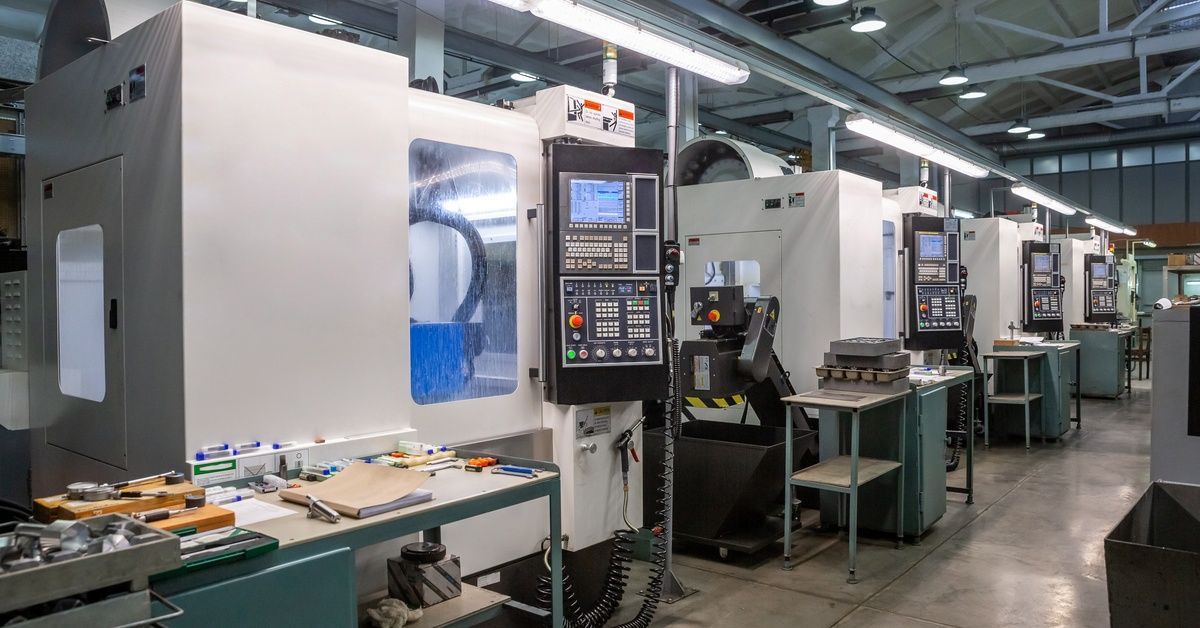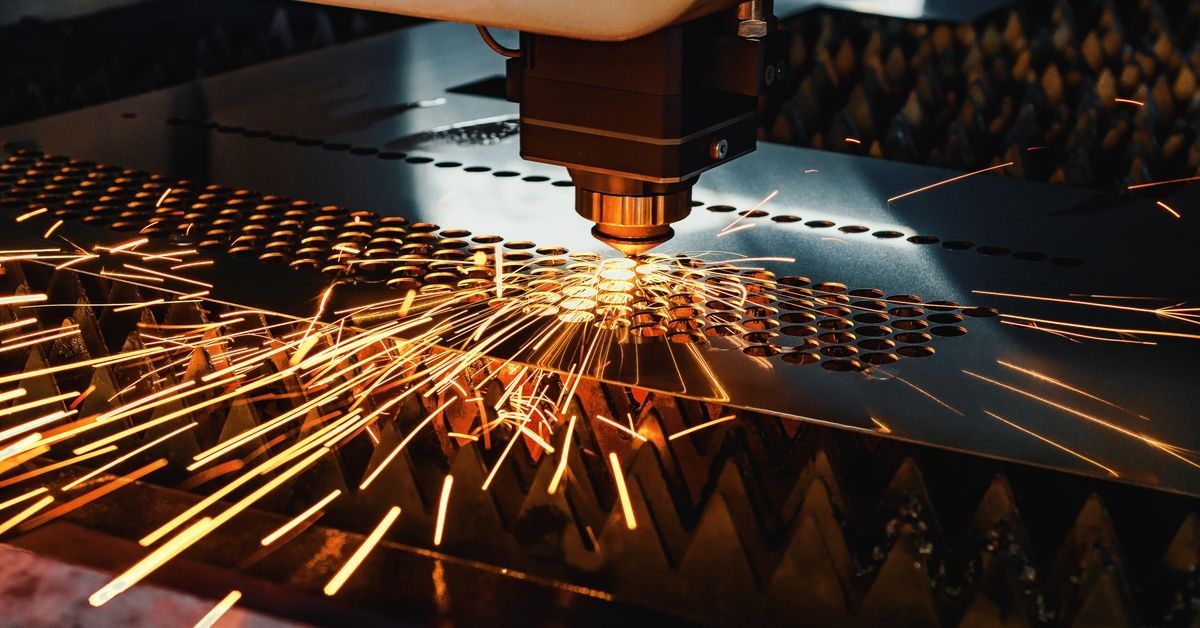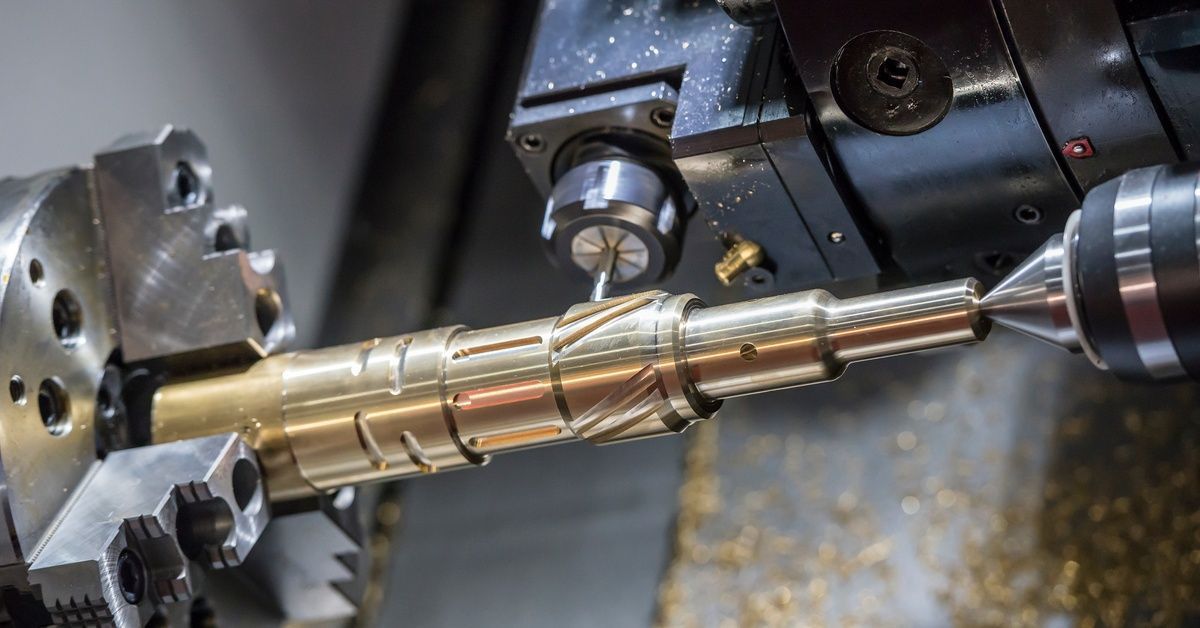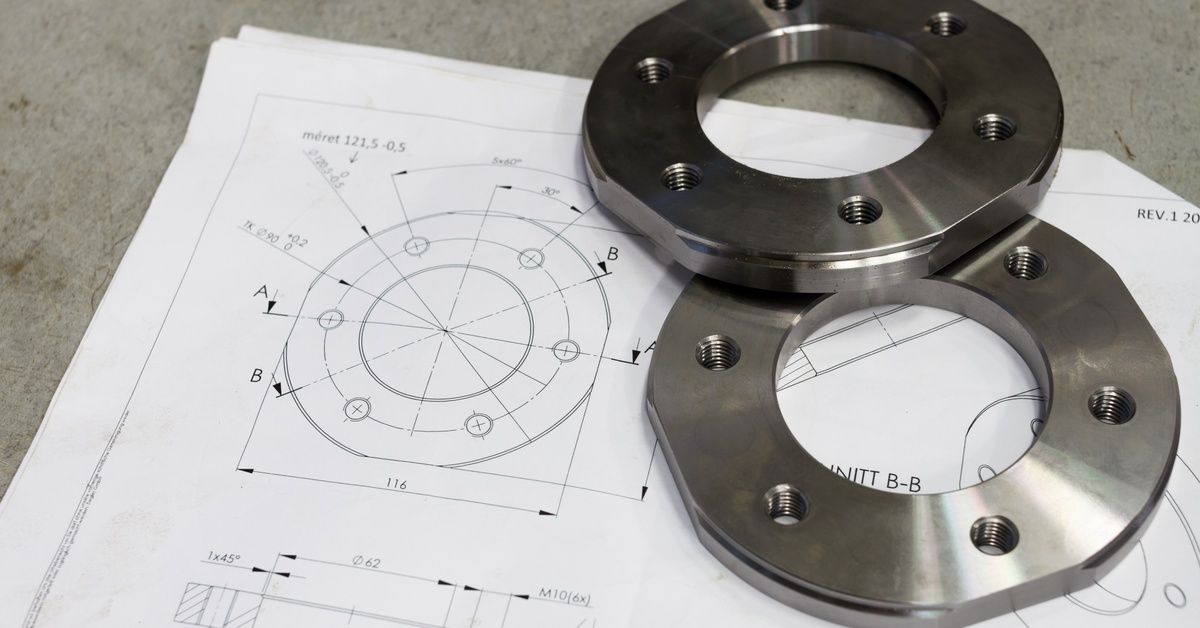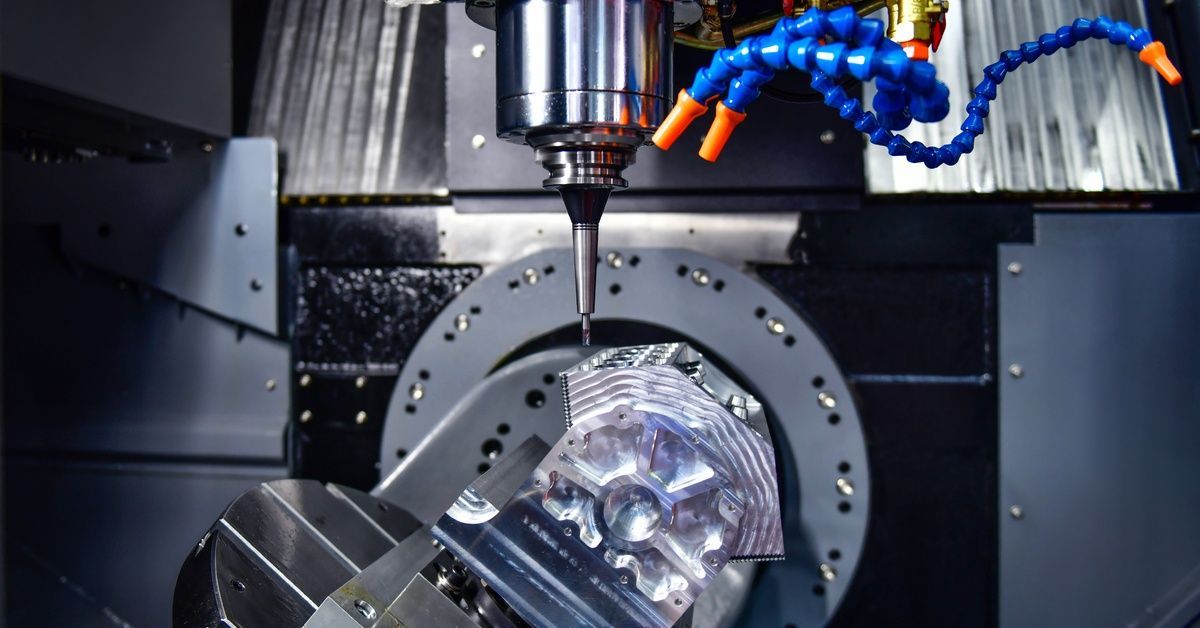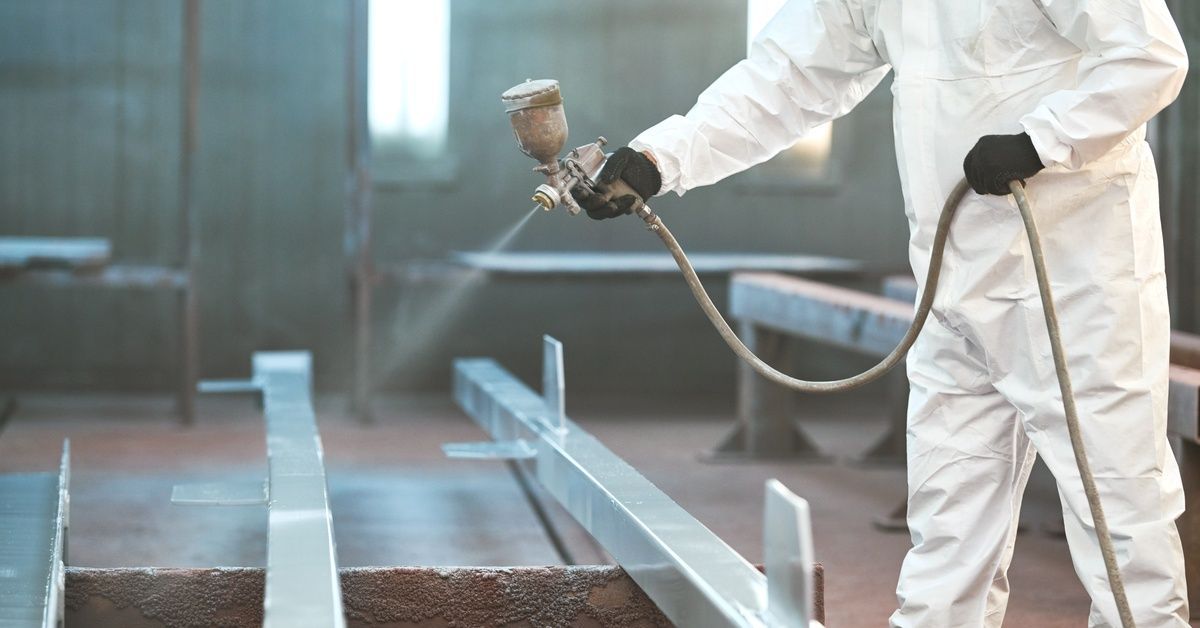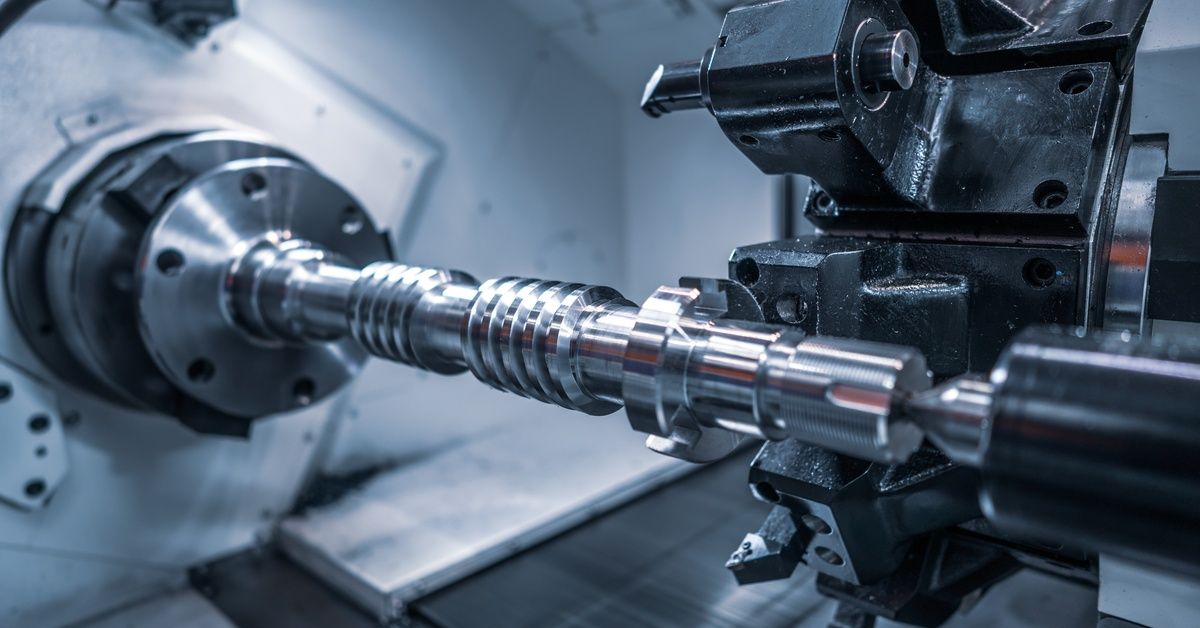8 Different Metal Cutting Methods for Steel
Steel cutting forms the backbone of countless industries, from construction and automotive manufacturing to aerospace and shipbuilding. The ability to precisely cut steel determines the quality, efficiency, and cost-effectiveness of manufacturing processes across these sectors.
Modern manufacturing relies on various steel cutting methods, each offering unique advantages for specific applications. The choice of approach depends on factors such as steel thickness, required precision, production volume, and budget constraints.
Understanding these different metal cutting methods for steel helps manufacturers select the most appropriate technique for each application, ensuring optimal results and cost-effectiveness.
Sawing
Sawing represents one of the most traditional and widely used methods for cutting steel. This mechanical process uses a toothed blade that moves back and forth or rotates to remove material through a grinding action. The cutting occurs as individual teeth bite into the steel and carry away small chips of material.
Steel responds well to sawing techniques, particularly for straight cuts and basic shapes. Band saws and circular saws can handle various steel thicknesses, from thin sheets to thick structural beams. Sawing is particularly effective at achieving tight tolerances with a minimal amount of material waste, making it a cost-effective option for many applications.
Shearing
Shearing cuts steel through the application of opposing forces that fracture the material along a predetermined line. Two sharp blades, positioned on opposite sides above and below the steel, move past each other to create a precise cut. The upper blade descends while the lower blade remains stationary, creating a clean separation through the steel.
This method works exceptionally well for cutting steel sheets and plates up to moderate thicknesses. Shearing produces clean, straight cuts with minimal material waste and requires no heat input. The process maintains the steel's original properties since no thermal effects occur during cutting. Shearing machines are also highly versatile, capable of not only cutting but also bending and punching materials from sheets of steel with precision and efficiency.
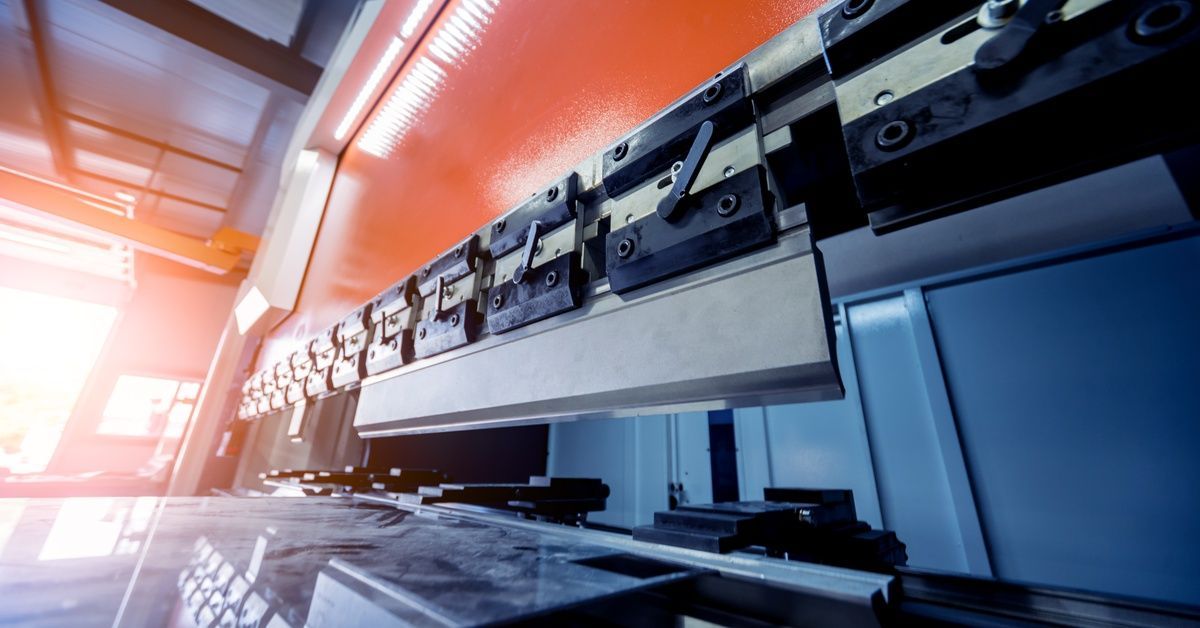
Oxy-Fuel Cutting
Oxy-fuel cutting burns through steel using a combination of oxygen and fuel gas, typically acetylene or propane. The process begins by preheating the steel with a flame until it reaches ignition temperature. A high-pressure stream of pure oxygen then oxidizes the heated steel, creating a continuous cutting action.
Steel composition makes it particularly suitable for oxy-fuel cutting since iron oxidizes readily at elevated temperatures. The method handles thick steel sections effectively, with some systems cutting materials over 12 inches thick. Oxy-fuel cutting also offers excellent portability and relatively low equipment costs, making it popular for field work and repair applications. However, this process does not produce clean, precise edges, which may require additional finishing.
Laser Cutting
Laser cutting uses a focused beam of light to melt, vaporize, or blow away steel material along a precise path. The laser beam concentrates enormous energy density into a small spot, creating temperatures capable of cutting through steel quickly and accurately. Computer-controlled systems guide the laser beam to produce complex shapes with exceptional precision.
Steel's absorption characteristics make it highly compatible with laser cutting technology. Metal fabrication services often rely on laser cutting for complex parts requiring tight tolerances, intricate details, and polished edges. High-powered lasers can cut through thicker steel sections with precision, but they demand significantly more energy and come with higher operating costs.
Plasma Cutting
Plasma cutting creates an electrically conductive channel of superheated gas that melts and blows away steel material. The process forms plasma by passing an electric arc through compressed gas, typically air or nitrogen. This plasma jet reaches temperatures exceeding 20,000 degrees Fahrenheit and carries enough energy to melt steel rapidly, enabling quick and efficient cutting.
Steel conducts electricity well, making it an ideal candidate for plasma cutting applications. Plasma cutting works effectively on various steel types, including stainless steel and other alloys that prove difficult for oxy-fuel cutting. Cut edges typically require minimal finishing, though some applications may need light grinding to achieve the desired surface quality.
Waterjet Cutting
Waterjet cutting uses an ultra-high-pressure stream of water, often mixed with abrasive particles, to cut through steel using erosion. Pure water systems generate pressures up to 90,000 PSI, while abrasive waterjet systems add garnet or other abrasive materials to cut harder materials more effectively. The high-pressure water stream creates a cutting action that progressively removes material along the cut path.
Steel responds excellently to waterjet cutting since the process produces no heat-affected zone and maintains material properties throughout the cut. The method achieves exceptional accuracy and can create intricate shapes with smooth, finished edges. Waterjet cutting handles thin and extremely thick steel sections with equal effectiveness. Cutting speeds are generally slower than thermal processes, but the superior edge quality often eliminates secondary finishing operations.
Electrical Discharge Machining (EDM)
Electrical discharge machining (EDM) removes steel material through controlled electrical sparks that erode the workpiece surface. The process requires the steel to be electrically conductive and uses a dielectric fluid to control the electrical discharge. The method excels at creating complex internal cavities, sharp corners, and intricate details that other cutting methods cannot achieve.
EDM produces superior surface finishes and maintains tight dimensional tolerances throughout the cutting process. Surface finishes are exceptionally smooth, often eliminating the need for subsequent machining operations. The process operates relatively slowly compared to other cutting methods, making it most suitable for precision work rather than high-production applications.
CNC Machining
CNC machining uses computer-controlled cutting tools to remove steel material through mechanical cutting actions. Tools such as end mills, drills, and turning tools shape the steel by progressively removing material according to programmed instructions. Advanced control systems optimize cutting parameters in real-time to maintain consistent quality and maximize the tool’s lifespan.
Modern CNC machines offer exceptional versatility, combining multiple cutting operations in a single setup. The method produces excellent surface finishes and maintains tight tolerances while creating complex three-dimensional shapes. The process handles various steel grades effectively, from soft low-carbon steels to hardened tool steels, by adjusting cutting speeds, feeds, and tool materials accordingly.
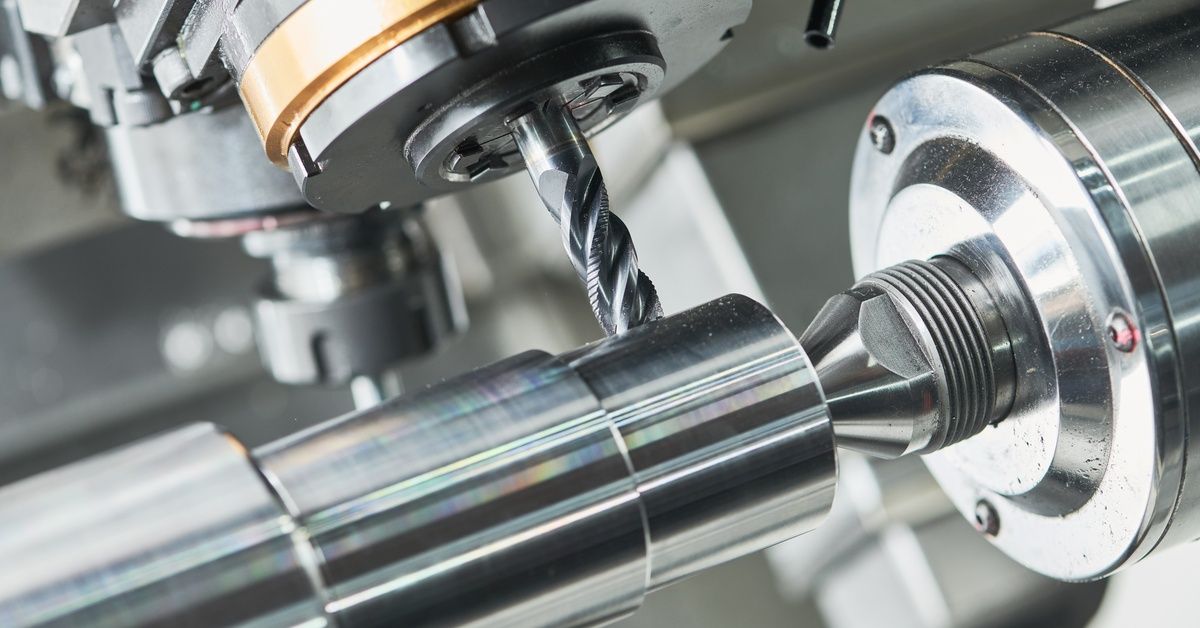
Choose H&H Machine Service for Steel Fabrication
In conclusion, there are several different metal cutting methods for steel that manufacturers can compare and select from to ensure structural soundness and reliable performance. Understanding each method's capabilities and limitations enables informed decisions that balance quality, efficiency, and cost considerations.
At H&H Machine Service, we assist our clients with evaluating the appropriate fabrication services for their material and application, utilizing the latest advancements in machining approaches. We take pride in our years of expertise, attention to detail, and overall customer experience. Contact us to learn more about our steel fabrication services in central and south Texas.
